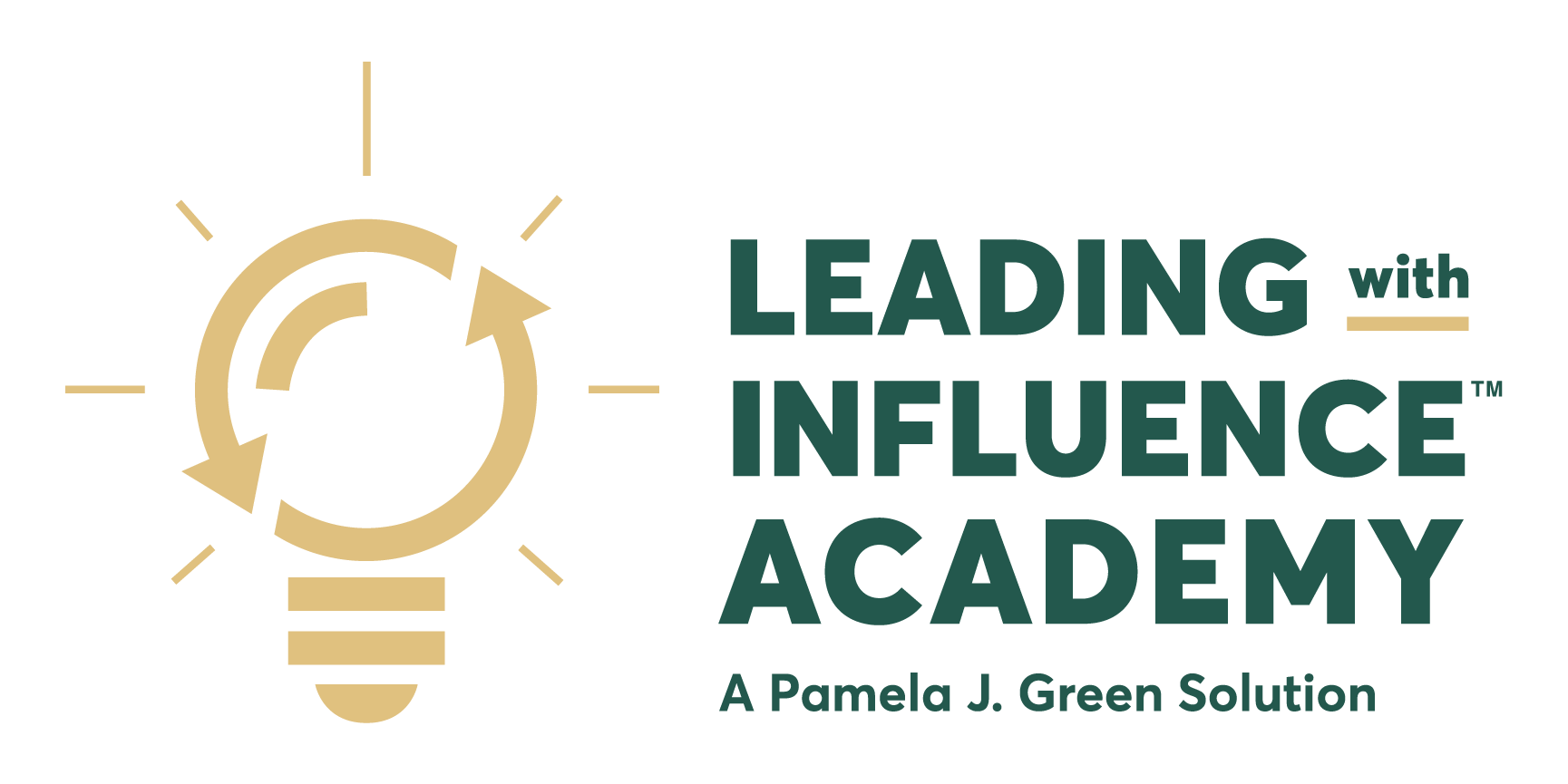Team Building Activities
How to Create a Team Charter
Let's Get Acquainted
To get participant's attention, put aside distractions so they can be present and fully engaged.
Outcome:
To increased mental and physical stimulation and engagement. Boosts preparedness.
Reppin' Where You're From
To get employees comfortable with self-disclosure.
Outcome:
Self-disclosure paves the way to honesty, trust, and relationship building.
Emoji State of Mind
Purpose:
Promotes intentionality and encourages authenticity.
Outcome:
Inauthenticity gives way to acceptance and belonging.
Communication Challenge
To demonstrate the many problems of
misunderstanding that can occur in a one-way communication. How to ask
clarifying questions.
Outcome:
Participants become more aware of their communication strengths and shortcomings. Identify opportunities to improve.
Tallest Tower
To get participant's to recognize that teaming is a choice, an attitude and it shows up in our conduct and our behavior.
Outcome:
Individuals learn to focus on the goal rather than their own personal agendas and learn how to work through challenges that require the ability to consider and leverage other people’s strengths.
Balloon Blast
To get employees comfortable with self-disclosure.
Outcome:
Self-disclosure paves the way to honesty, trust, and relationship building.
Standard Debrief Questions
Purpose:
Ensure all participants can convey their experience and practice having their voice heard.
Outcome:
Relief of stress, vicarious trauma, and psychological harm while enhancing sustained learning and improved performance.
Are You Ready?
Don't forget to check-in with team members to assess their level of readiness to engage.
Outcome:
Simply checking in can move the needle in the right direction.
Fist of Five
Looking for a quick way to check the engagement temperature in the room? Try this voting method as a gauge for what people are thinking.
Outcome:
Increase your self awareness while increasing the engagement and awareness of those in the room.
Inclusion for Introverts
To help participants consider the perspective of those who are often more quiet, introspective, and prefer smaller groups or working alone over big group experiences.
Outcome:
Help participants become more empathetic, and open to different levels of engagement by colleagues.
Jenga Your Team
Purpose:
Help team members work together to shift their mindsets and transform behaviors.
Outcome:
Boost decision-making, team cohesiveness and support, relationship building, creativity, problem solving, and negotiation skills.
Eating is Fundamental
Creates an emotional bond.
Outcome:
Strengthened interpersonal relationships that can lead to team collaboration support.
Field Trip!
Enhance the critical thinking, social skills, communication, and cultural awareness of team members.
Outcome:
Employees become more empathetic, compassionate, and sensitive to the needs of others.
Trust Walk
Outcome:
Ultimately, the team members who engage in this activity will learn to reflect on their experiences and extend them into the team environment.
Obstacle Course
Purpose:
Learn the value of strategizing, emotional control, and navigating unforeseen circumstances
Outcome:
Employees have teamwork problem solving, and communication skills.
